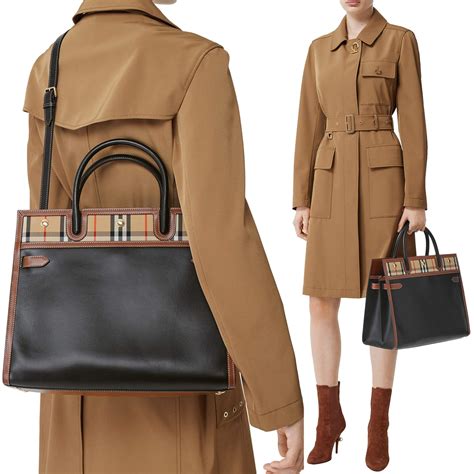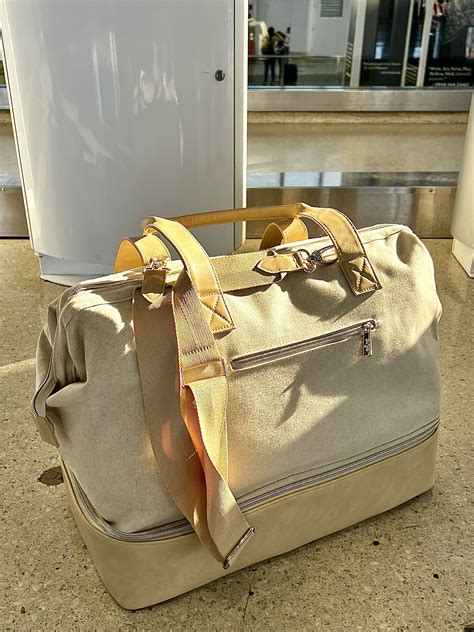tudor ruff | elizabethan ruffs
$299.00
In stock
The Tudor ruff. The very name conjures images of stiff, pristine white circles framing the faces of powerful monarchs, wealthy merchants, and fashionable courtiers of the 16th and 17th centuries. More than just a neck adornment, the ruff was a powerful statement, a visual embodiment of status, wealth, and adherence to the prevailing aesthetic of the Renaissance. Fashion: The Definitive History of Costume and Style aptly defines it as “A detachable pleated collar in linen and/or lace starched into shape and sometimes supported underneath” (Brown 455). But this simple definition belies the complexity of its construction, the social significance it carried, and the fascinating history behind this iconic piece of clothing. From its humble beginnings as a modest shirt frill to its evolution into elaborate, multi-layered structures, the ruff tells a compelling story of social change, technological innovation, and the enduring human desire for self-expression.
Why Did Tudors (and Others) Wear Ruffs? The Multifaceted Motivation Behind the Trend
Understanding the popularity of the Tudor ruff requires looking beyond mere aesthetics. Several factors contributed to its widespread adoption, each playing a crucial role in shaping its form and function:
* Hygiene and Practicality: The earliest iterations of the ruff, emerging in the mid-16th century, served a practical purpose: protecting the expensive clothing of the time. Garments were not washed frequently due to the labor-intensive process and the risk of damage. The ruff, initially a small frill at the neck of the shirt, acted as a barrier between the skin and the outer layers of clothing, absorbing sweat and grime. This allowed the wearer to keep their doublet, gown, or jerkin cleaner for longer. These early ruffs were easily detachable and washable, offering a degree of hygiene in an era where personal cleanliness was not what it is today.
* Modesty and Social Status: As necklines plunged lower in the mid-16th century, the ruff provided a means of maintaining modesty. For women, in particular, it offered a way to conceal the neck while still participating in the fashionable trend of lower necklines. The ruff also became a visual marker of social status. The size, complexity, and materials used in its construction directly reflected the wearer's wealth and position in society. A simple linen ruff might be worn by a member of the gentry, while a large, elaborate ruff made of fine lace would be reserved for the nobility.
* Fashion and Individuality: Beyond its practical and social functions, the ruff became a canvas for personal expression. While the basic form remained relatively consistent, variations in size, shape, materials, and embellishments allowed individuals to showcase their taste and individuality. Intricate lace patterns, delicate embroidery, and the addition of jewels transformed the ruff from a functional garment into a statement piece. The ever-evolving styles of ruffs also mirrored the broader trends in Renaissance fashion, reflecting the changing ideals of beauty and elegance.tudor ruff
* Supporting Industry: The demand for ruffs fueled a burgeoning industry dedicated to their production. Linen weavers, lace makers, starchers, and seamstresses all benefited from the ruff's popularity. This economic impact further solidified its place in society, creating a network of skilled artisans and merchants who catered to the fashion demands of the elite.
The Elizabethan Ruff: Reaching New Heights of Extravagance
The reign of Queen Elizabeth I, from 1558 to 1603, witnessed the ruff reach its zenith in terms of size, complexity, and extravagance. Often referred to as Elizabethan ruffs, these collars were more than just neckwear; they were architectural marvels, defying gravity and showcasing the wearer's wealth and status in a dramatic fashion.
* The Development of Starch: A pivotal moment in the history of the ruff was the introduction of starch. In the early days, ruffs were kept in shape by pleating and pressing, but the effect was temporary and susceptible to dampness. The advent of starch, particularly yellow starch allegedly brought to England by Anne of Cleves' Flemish launderers, revolutionized the ruff. Starch provided the necessary stiffness to create more elaborate and structured designs, allowing the ruff to stand away from the neck and achieve its characteristic circular shape.
* The "Cartwheel" or "Whisk" Ruff: The use of starch paved the way for the development of the "cartwheel" or "whisk" ruff, a truly iconic Elizabethan style. These ruffs were large, circular, and often tiered, creating a halo-like effect around the wearer's face. They were supported by a wire frame called a "supportasse" or "underpropper," which kept the ruff in its desired shape. The sheer size of these ruffs necessitated a specific posture, forcing the wearer to hold their head high and maintain a dignified bearing.
Additional information
| Dimensions | 6.7 × 5.2 × 3.8 in |
|---|









